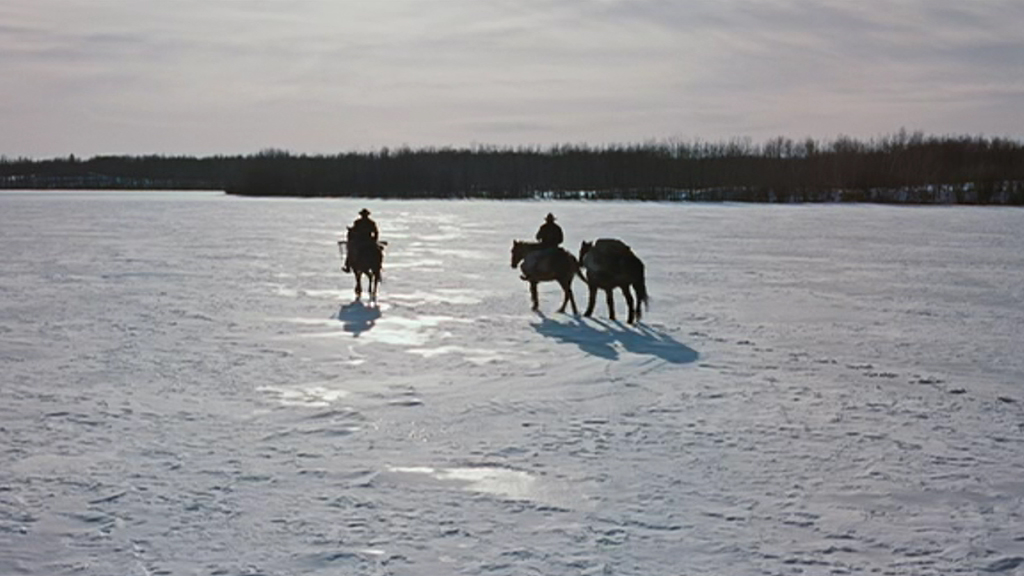Horror films are designed to
- Frighten and panic
- Cause dread and alarm
- Invoke our hidden worst fears
The most prominent codes and conventions of a horror film include;Darkness, gore, violence, screams, blood, death, villains, evil, isolated settings, suspense building, atmosphere of eeriness. This allows the viewer to know that they are watching a horror film. A good horror film will challenge the audiences perception of what theboundaries are within a genre, yet still remaining true to basic codes and conventions.
Also, i researched the most typical camera shots used in horror films. The most prominent examples i found from watching horror, was the use of extreme shots. Whether these be extreme long shots or extreme close ups, they can be used to good effect.

Extreme close ups are used to convey emotion. This ensures the audience makes connections to the characters, so they are more involved in the film, and are more bothered about what happens in it.
 Extreme long shots are used to set the scene, often used as establishing shots. This allows us to see the characters in relation to their surroundings. As well, this can create an atmosphere of fear or suspense as the characters are shown in a large creepy area, with nowhere to run or hide.
Extreme long shots are used to set the scene, often used as establishing shots. This allows us to see the characters in relation to their surroundings. As well, this can create an atmosphere of fear or suspense as the characters are shown in a large creepy area, with nowhere to run or hide.Also, Point of view shots are used, viewing the world through the eyes of the monster.
The editing is usually very quick, with cuts being made often, and shots lasting no longer than a couple of seconds. This engages the audience, as their attention is remained throughout due to the constant change in the action being displayed.
Lighting is usually dark, with only certain parts of the set / character lighted, to create an air of mystery. Villains are often backlit to make them seem more sinister. Low key lighting is used to create shadows, which is classic iconography in horror. It also helps heighten atmosphere.
Mis-en-scene can vary a lot dependant on the style of Horror. Slasher films are likely to be set in a regular residential area. This can scare people as it plays into the belief that extraordinary circumstances can occur in ordinary places and situations. However, a zombie horror might be stereotypically set in a graveyard or a forest, which might be considered where zombies would come from. Props typically included in horror include weapons, especially in films which feature an antagonist who goes round murdering people (and isn't a zombie or an animal, such as the ones found in "creature features")
Sound is used to create tension and suspense. This is done by using long ambient music pieces accompanied by long slow cut scenes (a contrast to the usual style of editing on Horror films) As well as that, other sounds you might expect to be in a horror films include screaming and noises made by the villain. The sound usually matches the action for maximum effect.
Characters found in horror film could be:
The Villain - usually some form of murderer, killing off the other characters one by one
(e.g. Leatherface (Texas Chainsaw Massacre series), Ghostface (Scream series, and Michael Myers (Halloween series) Can be used to represent the social climate at the time, or be used as a metaphor to represent whatever you want it to. Much is done to ensure that the villain is memorable, so association with the brand is created. This can be done by implementing a certain look, such as Freddy Krueger's Face & hand.
The Victim - Usually unsuspecting teenagers, represented to look careless and often unintelligent. A lot of the time these characters are women, as they could be viewed as being more vulnerable. Creates binary oppositions within the narrative (Good vs evil)
The "Surviver" - The lead character in the group of victims, the one character who survives. Often goes on to defeat the evil, leading to a restored equilibrium. (e.g. Ash in the Evil Dead series)
I plan on sticking to these conventions in my film, as the 3 characters include 2 teenage boys (the victims) and one zombie (the villain). the location (a forest) is an appropriate setting considering my chosen style (Zombie). Other Mis-en-scene included in my film is the use of blood, another key convention.



No comments:
Post a Comment